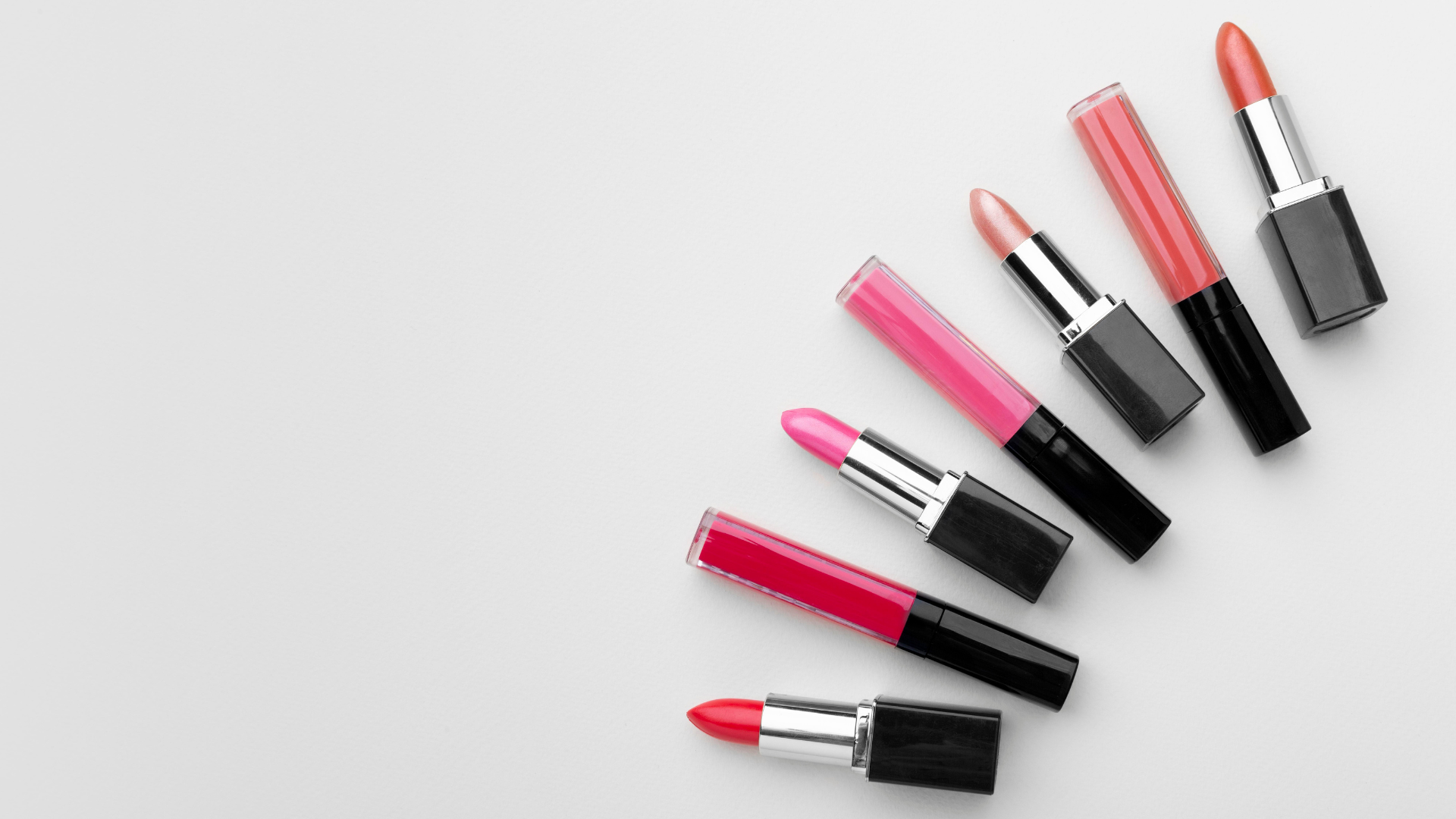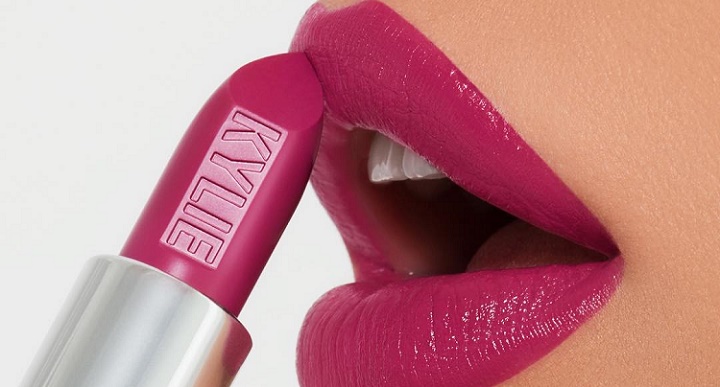Lipstick is something more than beauty, which is very popular, with the impact of gender, class, health, and religion, for a long time.
Lipstick hasn’t always been safe, sometimes it has caused even death for users. The first known lipstick was created around 3500 BCE and worn by Queen Schub-ad of ancient Ur (a city in ancient Mesopotamia). The lip tint contained a mix of “white lead and crushed red rocks” and became so popular, that people would be buried with cockleshells full of it. In Egypt all genders used makeup as part of a daily routine, the vibrant color coming from red ochre, which takes its reddish color from the mineral hematite. Also orange, magenta, and blue-black were other popular colors at that time. That was applied alone or mixed with resin or gum for a more lasting finish.
In ancient Greece, this vibe was decidedly different. People didn’t like using lipstick because they thought it made beauty look fake. At that time lipstick was mainly used by sex workers. Even though people didn’t like using lipstick much in ancient Greece, the color red was still fashionable. They got red using dyes and wine, but also some unusual things like sheep sweat, human saliva, and even crocodile excrement.
The change in how people viewed lipstick in ancient Greece led to the first regulations for cosmetics. But surprisingly these rules were not about making sure that the cosmetics were made of safe ingredients. Instead, they were created because people thought that lipstick might trick guys and mix up who belonged to which social group. So according to those laws, if prostitutes appeared in public without lipstick and other makeup, they could be punished for pretending to be someone they weren’t.
During the rise of the Roman empire, lipstick was seen as becoming chic again. Men used it to indicate their social standing while wealthy women used it for fashion. But being beautiful and having social status came at a price. The stuff used in lip paint contained, ingredients like ochre,( an earthy pigment containing ferric oxide, typically with clay, varying from light yellow to brown or red), iron ore, and fucus plants, made lip paints potentially poisonous.
Lipstick usage declined during Western Europe’s early middle ages (roughly 500–1000 CE). This was because there was a slow but clear change in preference towards a simpler and maybe less fancy way of living. By the high middle ages, (1000–1300s CE), religion took lipstick off the must-have list. Changing natural appearance by applying lipstick was considered as a challenge to God’s creation.
In the 1700s England made strict rules about makeup. Parliament passed legislation saying that if a woman used anything that altered her appearance like makeup, wigs, false teeth, high heeled shoes her marriage could be canceled, or she could be accused of being a witch. But these rules unexpectedly benefited women. Because of these rules, only a few women used lipstick and many women were protected from poisoning associated with toxic lipsticks at that time containing dangerous substances like mercury.
When lipstick was banned, it turned into the secret thing that women wanted but couldn’t openly use. In the Victorian era, because the queen said makeup was not polite, women found sneaky ways to get the look they wanted. Some bit their lips rubbed red ribbons on them, or shared lipstick recipes in secret groups. Wealthy women could go to Paris and buy a special lip product made from grapefruit, butter, and wax from Guerlain (a famous French perfume, cosmetics, and skincare house, which is among the oldest in the world), which was a hidden but acceptable solution.
In the 1900s in America, women who wanted the right to vote, called suffragettes, used lipstick as a symbol of women’s freedom. More and more women started wearing colorful lipstick. But there was a problem – the common American recipe for lipstick used crushed bugs, beeswax, and olive oil which tended to go bad a few hours after putting it on. It wasn’t until 1938 that the United States made rules with the Food, Drug, and Cosmetics Act. These rules said cosmetics couldn’t have harmful things in them. No more poisonous or bad stuff could be in makeup. In the years after that, more laws, especially in different states, made even stricter rules to keep makeup safe.
Lipstick is surprisingly connected to politics. From ancient times to the rebellious 1970s, (which was a period of huge shifts in societal norms, especially in the Western world) both men and women used lipstick to express their rejection of social expectations and symbolize the breaking away from traditional norms. Nowadays, there are debates about whether it’s okay to test lipstick on animals to make sure it’s safe for people. Lipstick is common, but sometimes people still argue about it. The way lipstick has gone from being super popular to not being accepted in society makes it likely that it could fall out of fashion more than people might think.
Written by Uthpala Vidyadhari
References – Lipstick’s Complex History – JSTOR Daily
Image Courtesy –
- Cover photo – https://bit.ly/3T4OnZ9
- Image 1 :https://bit.ly/433jetA
- Image 2: https://bit.ly/48KpmYW
- Image 3 : https://bit.ly/3V4RkeM
- Image 4 : https://pin.it/1hdqmADVe





